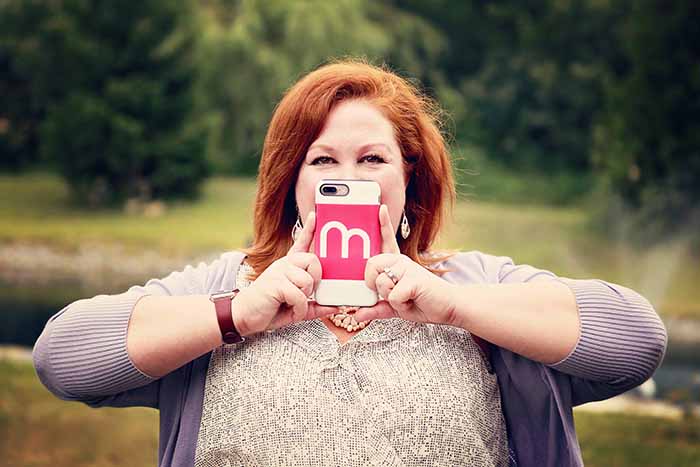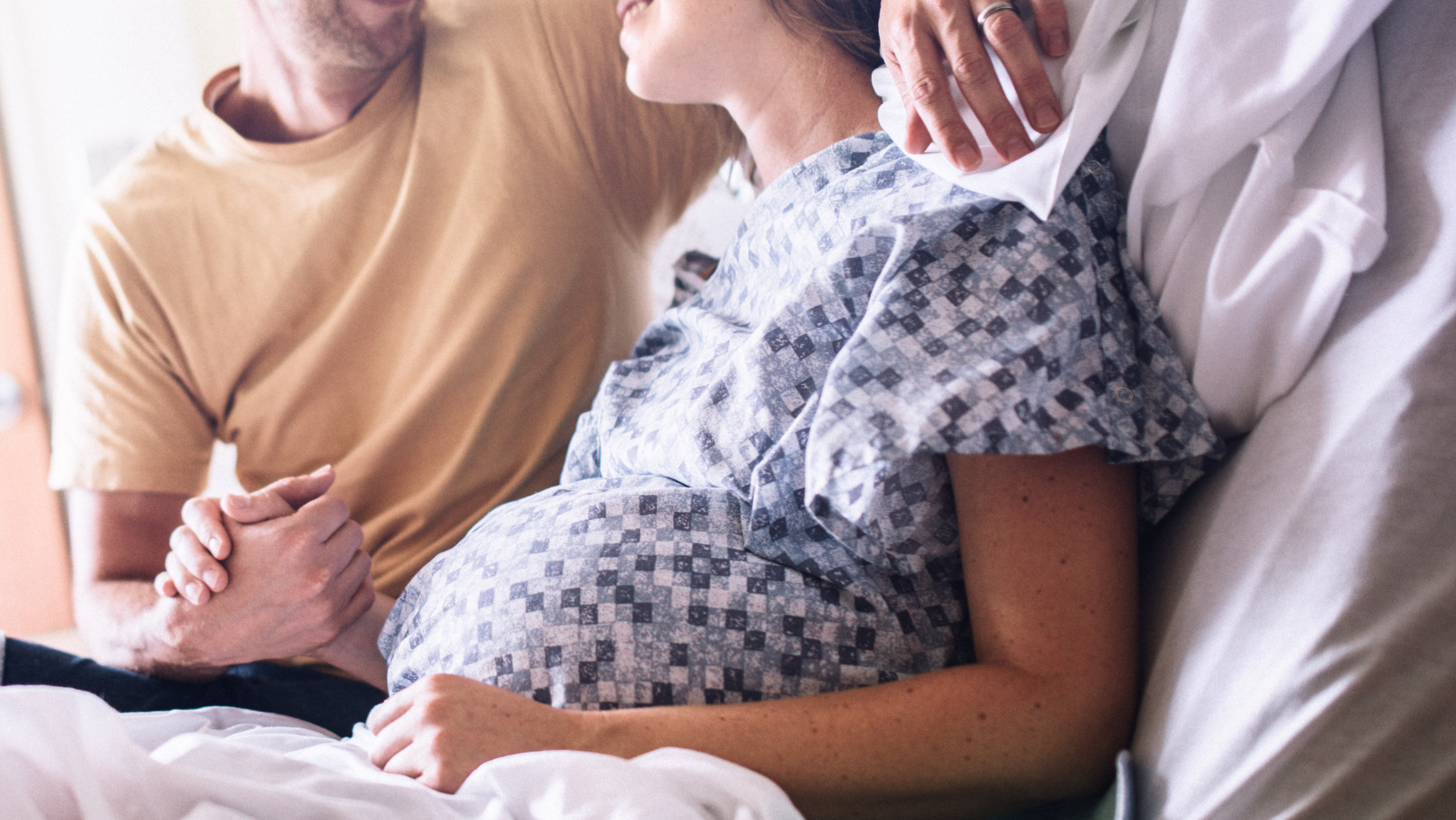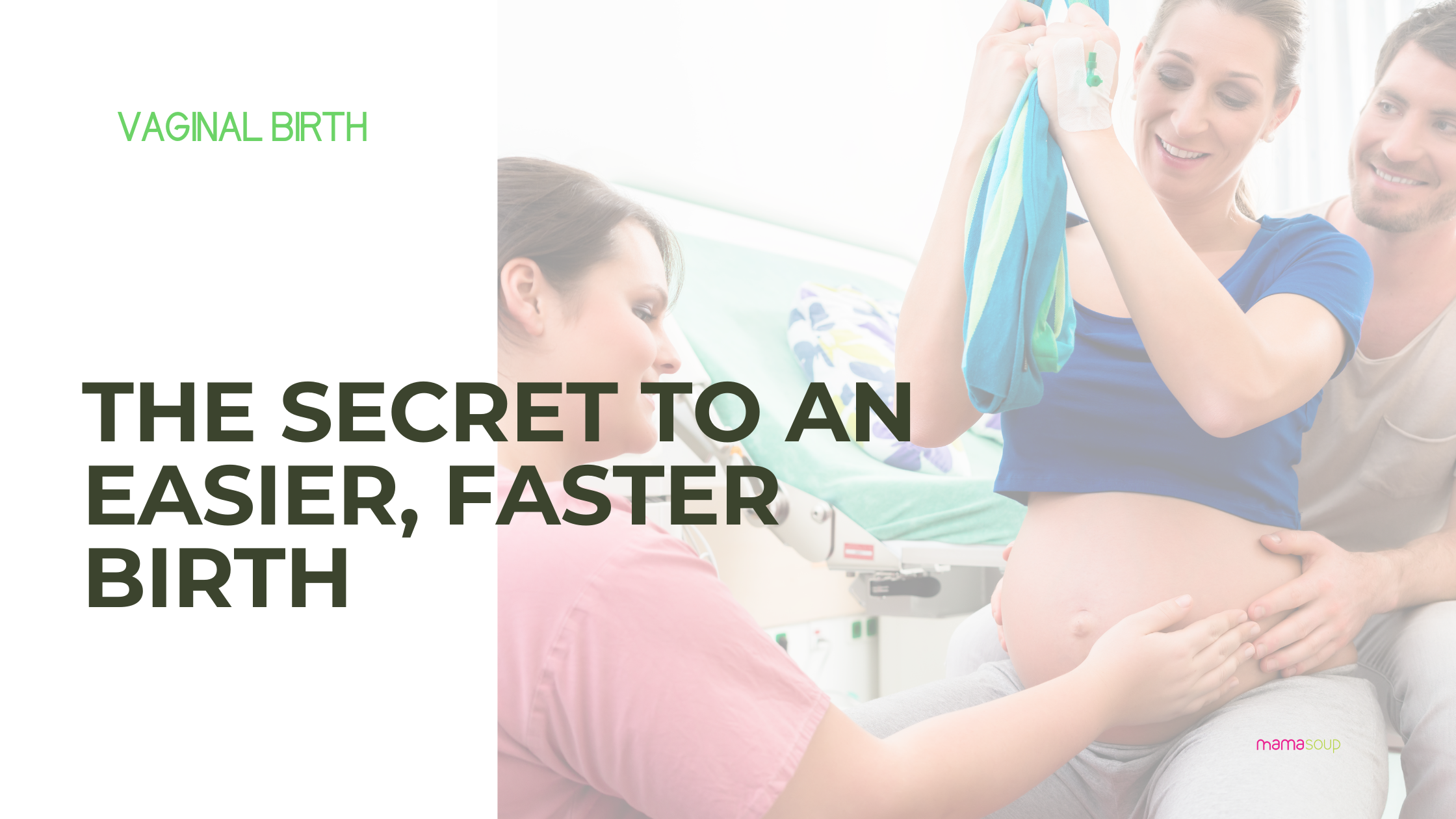The Answers to Your Most Common Epidural Questions
When was the last time you heard a pregnant woman declare, “Give me ALL the drugs when I’m labour!!”? I’m sure you can guess that I’ve heard it a few times. In fact, about 59% of women in Canada choose to give birth with an epidural in place. And I’m pretty certain that if every Canadian hospital could offer women epidurals, that number would be higher!
(RELATED: How to Have an Unmedicated Hosptial Birth)
Wait- not EVERY woman in this country can get an epidural at their hospital birth? Nope. If you live in a rural area, there’s a chance that your community hospital doesn’t offer them.
The 9 Most-Asked Questions I Get About Epidurals
So, for the 59% of the pregnant moms who are planning to give birth with this little helper, I’m happy to give you the 9 most-asked questions that I receive about epidurals.
But first.
As a labor and delivery nurse, doula and childbirth educator you know I'm all about giving you good and accurate information, right?
Well, there are a couple of things you should know before you hit your hospital call bell. I'm not here to talk you out of any decision you make for your best birth, Mama. I just want you to have all the information before your contractions start.
The Cascade of Interventions is a real thing.
It goes like this: every time you introduce an intervention into the birth process, other interventions are much more likely to be needed. So, if you opt for an epidural you are more likely to require vacuum, forceps or even a caesarean. It's just the facts.
So with that off my chest, let me share with you the most common questions I get about epidurals.
Are there any side-effects to an epidural?
I think it’s really important to remember that an epidural is medication so side-effects are always a possibility. The most common are:
-shakes and shivers, without feeling cold
-lowered blood pressure right after you receive it and after top-ups (which can lower baby’s heart rate)
-not being able to pee
-mild skin itchiness
-nausea/vomiting (up to 50% of women)
-mild fever, not associated with any infection
-inadequate pain relief
Will I experience any long-term back broblems?
All the studies say that backache is no higher in women who had an epidural than women who didn’t. Usually back pain long after you give birth is due to changes your body experienced during pregnancy.
Bruising and tenderness where the epidural was placed is a possibility, though, but will only cause short-term pain.
Why do some women need a “top-up”?
Every woman is different and some will develop tolerance to the local anaesthetic, so a top-up may be necessary for breakthrough pain.
Simply “turning up” the epidural doesn’t work well enough to get the pain under control, so if a mama is still feeling pain she may get a top-up.
What’s a walking epidural?
A walking epidural is a combination of medications given in a needle in the woman’s back. The difference is where the needle is placed- in this case it’s in the cerebral spinal fluid.
This causes a lack of sensation, but a woman’s gross motor functions still work- like walking. In fact, some women can walk for a few hours after this procedure.
What’s the difference between a spinal and an epidural?
A spinal is a one-time injection of medication into the spinal space to provide a deep block of sensation. Used most often for caesarean birth because it can also be used to deliver a pain medication that lives in your body for up to 24 hours. Because of that, it’s considered a better anaesthetic for abdominal surgery.
An epidural is given by using a needle to place a catheter into a space in your spine so medication can be continuously infused. Kind of like an IV but for your spine. It can be turned up and down as needed.
My Friend had a spinal but she didn't get a headache. Why did I get one after my epidural?
During a spinal, a very tiny needle is used to inject the medication. This creates a teeny, tiny puncture in the dura (the tough part of the spinal space) that doesn’t allow for a lot of leakage before it closes over.
This isn’t the case for an epidural: the needle used is larger which allows the spinal fluid to leak easier. When that fluid gets low, you can experience a pretty bad and lengthy headache until it stops leaking. Sometimes, a woman has to have blood removed and then "patched" into the area the leaking epidural space to stop the headache. Kinda like patching an air mattress.
Can I eat and drink while I have an epidural?
Here’s the thing- there’s very little evidence to support withholding food and drinks during an epidural but anaesthesiologists generally prefer that women refrain from eating until the epidural is removed. An epidural is very common, but it’s a birth intervention that can easily lead to surgery. Surgery is much safer on an empty stomach, especially if they need to use the anaesthetic that puts you to sleep.
It’s generally thought that epidurals slow digestion, but so does childbirth without an epidural, so it really depends on your hospital’s policies!
What does it mean when you’re “too frozen to push”?
Unfortunately, evidence shows that epidurals prolong the pushing stage of labour. This is partly because a woman with an epidural may not be able to feel the urges to push, so it’s not as effective. Sometimes, she can’t feel anything at all and this is called “too frozen to push”. Most often when this happens, the epidural may be turned down and you can just sit and wait until you can feel something. But this can take some time, so be prepared!
And the #1 Question I Get About Epidurals?
When is it too late to get an epidural when you're in labour?
(I'll let Sam from @babyreadylgbtq explain it!)
BTW- if you're looking for information about how to push your baby out without tearing, I've got an online course for you! Check it out HERE.
So there you have it, Mama. Information is power, especially in birth. Make informed choices and have the best birth day ever.
If you enjoyed this post, check out what you need to know about your postpartum recovery by clicking the link below:
10 Things First Time Moms Wished They'd Known About Their Postpartum Recovery
Post Gallery
Hey there, I’m Joanne.
I’ve spent about 20 years serving women as a nurse, doula and Lamaze educator. I have 4 kids and I know firsthand how lonely and isolating motherhood can be, so I created MamaSoup. I'm mostly known for my love of red wine, spontaneously singing and my confidence in being my true self on social media. When I’m not busy building women up, you can catch me taking Instagram stories of my bulldog Ruby, watching The Handmaid’s Tale, playing MUber (Mom Uber) to my kids or vacationing in my favourite town: Cabo San Lucas, Mexico.
I love serving the world by providing a space for moms to connect and support each other. In my opinion, moms are the backbone of communities because they are (literally) raising the future!
As the founder and CEO of MamaSoup, I’ve been featured on CHEX TV Morning Show, KawarthaNOW, Economic Development- The City of Kawartha Lakes and MyKawartha.
Still with me? Join me over at MamaSoup to keep the conversation going!
Read More










